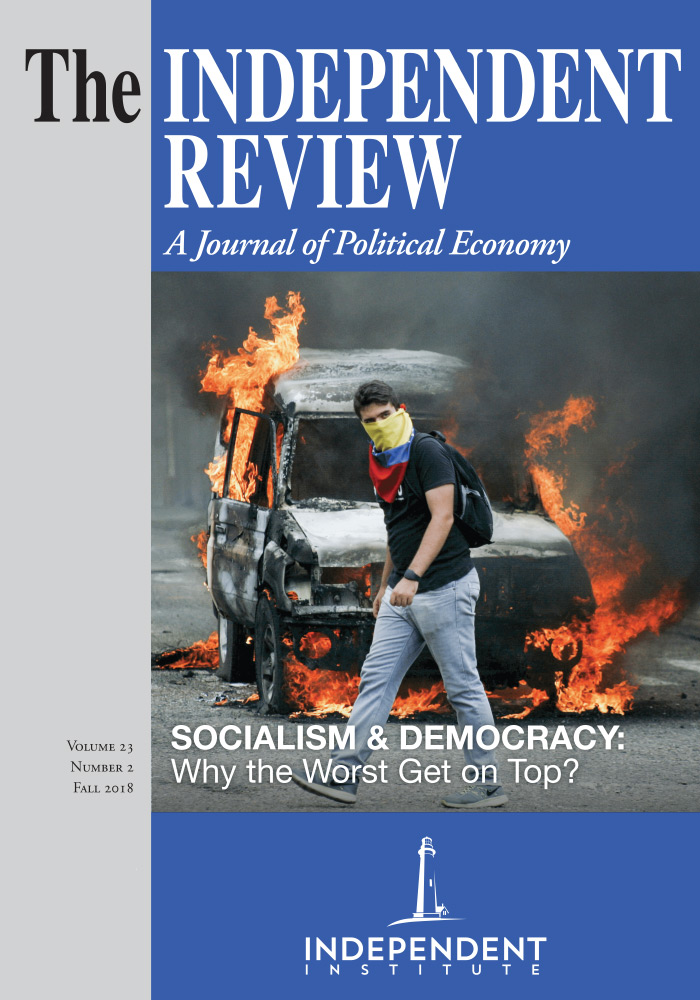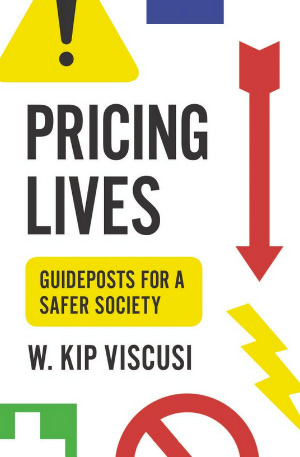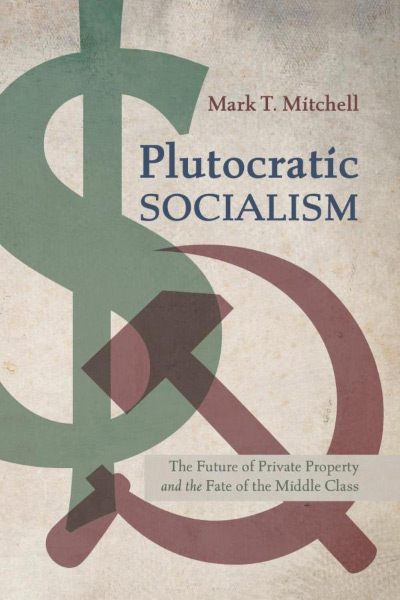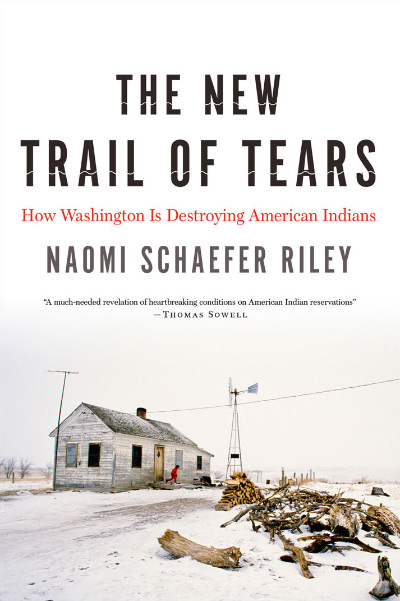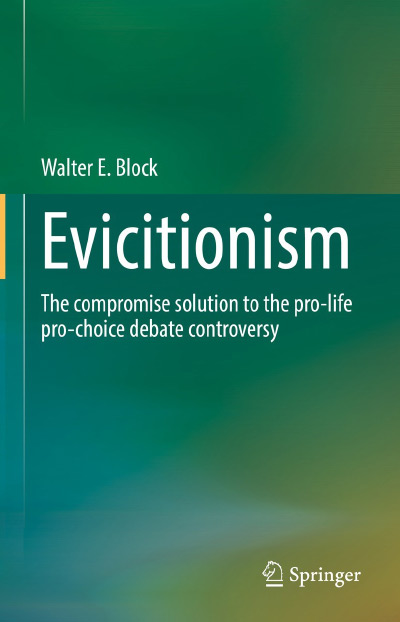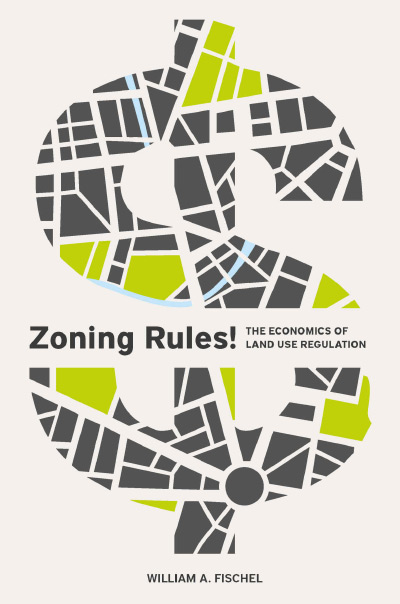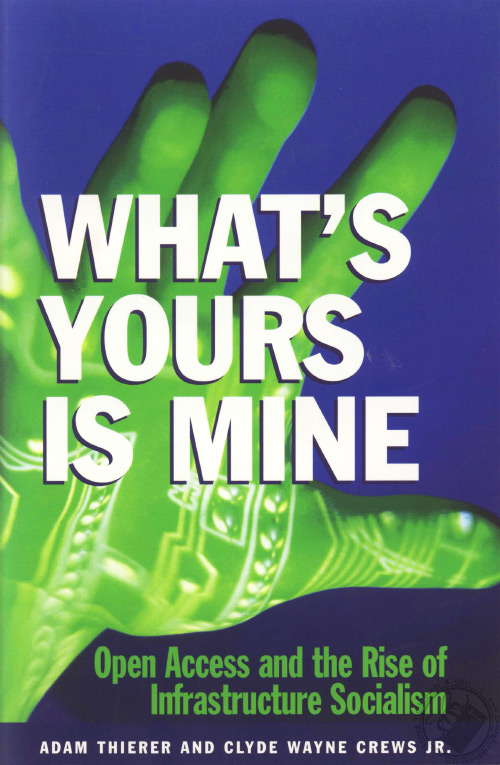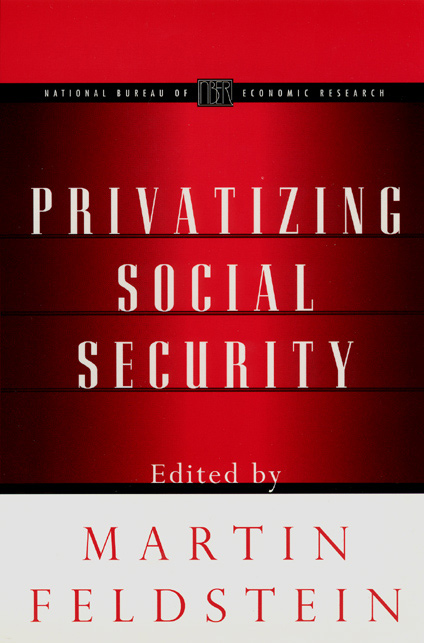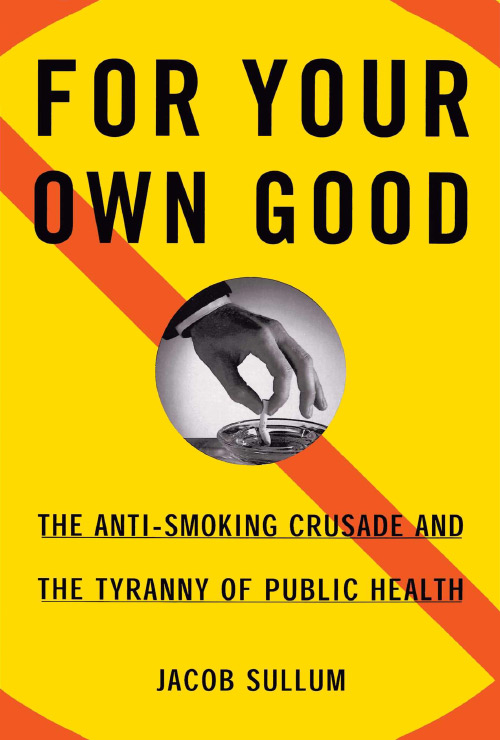What is the value of one human life? Implicitly or explicitly, and in a wide variety of contexts, the U.S. government is in the unenviable position of determining how much a life is worth. Every time the government forgoes spending money on a program designed to save lives, for example, the decision suggests that Congress, the president, or regulators felt that the costs were not justified.
Sometimes these decisions are made explicit using metrics constructed for the stated purpose of valuing human lives in dollar terms. In wrongful death suits, for example, the lost earnings of a person who died prematurely are used in the determination of awards to survivors. Known as the “financial cost of death” approach, this is a primary method the courts use for valuing lives.
U.S. federal regulatory agencies, on the other hand, tend to rely on a metric known as the “value of a statistical life”—or VSL. The VSL is the topic of a new book, Pricing Lives: Guideposts for a Safer Society. It is written by economist W. Kip Viscusi, one of the world’s foremost experts on the topic.
The VSL attempts to capture an “implicit value of life.” By measuring what people are willing to pay to reduce a small chance of their own death, analysts can back out an estimate of how much those individuals believe their own life to be worth. The VSL is used by the federal government to compare the life-saving benefits of policies to the costs of implementing these projects. Making this cost-benefit comparison requires valuing both sides of the ledger in common units, like dollars.
The VSL comes mostly from labor market studies that examine “compensating wage differentials”—in this case how much extra compensation workers receive to take on some extra job risk. Currently, some of the better estimates of the average VSL in the United States are in the vicinity of $9 to $10 million.
After introducing the concept of the VSL to readers, the early chapters of Pricing Lives focus on how risk valuation has evolved in corporate America over the past few decades. In the 1970s and 1980s, for example, some automobile companies were vilified for explicitly attaching dollar values to lives when considering whether or not to add safety features to vehicles. When litigation inevitably followed, some companies had to pay blockbuster damages for their supposed callousness.
Viscusi argues that the negative press and the financial losses generated by these episodes discouraged companies from continuing to tie precise values to lives—an unfortunate outcome because, while controversial, such analysis can have merit. Viscusi supports explicit cost-benefit balancing along these lines, but is skeptical of the actual values these companies used, which were more in line with the old financial cost of death approach than the VSL.
Later chapters focus on common controversies surrounding the VSL. For example, because the VSL is based on willingness to pay, should the lives of the poor—whose ability to pay for their safety is constrained by their low incomes—be valued less than the lives of the rich? Within countries like the United States, Viscusi is hesitant to value the lives of the poor any less than the rich. However, he is comfortable with attaching higher-than-average VSLs to the lives of those who are relatively wealthier, such as when increasing safety for airline passengers. This creates an obvious double standard, one that is likely to result in regressive policy outcomes if adhered to strictly.
Viscusi is generally supportive when it comes to varying VSLs depending on the age of individuals, despite the fact that this practice can result in the lives of the young being valued significantly less than the elderly.
In extreme cases—such as when a policy is estimated to extend the life of a theoretical 80-year old by a month—Viscusi opts to divide the average VSL by the average number of expected life-years remaining, and use the “value of a statistical life-year” (VSLY). But it is not clear when analysts should switch from the VSL to the VSLY—and the two can produce vastly different policy recommendations.
Viscusi takes on these difficult economic and moral questions in a careful and scholarly manner. He is perhaps the world’s greatest defender of the VSL, and believes its use should be extended to a wide variety of contexts beyond its current role in regulatory policy, such as for establishing fines at regulatory agencies or helping courts determine damages when one party wrongs another.
Viscusi’s book is a useful primer on the history and debates surrounding the controversial VSL metric. The book’s clear prose illuminates these concepts in a manner that should be accessible to those with a basic background in economics or law. It is aimed at readers who might be skeptical of applying a dollar value to a life, and seeks to overcome that skepticism by convincing them the VSL can be used to justify more stringent regulation.
While an excellent read, the book is not fully convincing in its main argument: that expanding the use of the VSL will lead to more safety in society. In addition to the VSL’s limitations with respect to age and income heterogeneity in the population, the VSL has additional shortcomings worth considering, some of which are overlooked in the book.
For one thing, a problem arises in cost-benefit analysis when attaching a dollar value to a benefit—such as risk reduction—that is not actually money and also is not traded on any market. To see why, consider a policy that costs $1 million and is expected to save one life immediately. What if, rather than saving the one life today, we have the option to invest the money in the stock market and earn a 7 percent annual return? If we are willing to wait, in ten years’ time we will have $2 million, which might be used to save two lives instead of one. In fact, if we wait 70 years, we might be able to save 114 lives, because $1 million today would be worth $114 million in future value terms, due to the power of compounding interest. Complicating matters even further is the likelihood that the VSL will rise over time, as society gets richer—as it has in the past.
Should analysts be indifferent between saving one expected life today and saving 114 in 70 years? When treated like money, both might have the same present value. But mortality risk reduction is not equivalent to money in that it cannot be invested in an account and earn interest like cash can.
What seems clear based on this thought experiment is that it is possible to choose polices that reduce risk today at the expense of potentially far greater risk reductions in the future. This tradeoff is critical because mortality risk reduction is often the predominant benefit in the federal government’s regulatory economic analysis. These benefit figures rely heavily on the VSL, and to the extent that they actually influence policy, they encourage a kind of short-termism that may lead to the adoption of policies that are not in our long-run national interest.
No doubt, the VSL has some interesting uses, such as helping to clarify the complicated relationship between income and mortality. This is a topic Viscusi and I have written on together (see “Death by Regulation: How Regulations Can Increase Mortality Risk,” Arlington, VA: Mercatus Center, 2017). But Viscusi’s recommendation that a far-broader swath of government and corporate entities adopt the VSL requires more consideration.
In fact, the financial cost of death approach, which has largely been abandoned by federal regulatory agencies but remains in widespread use by the courts, has a number of advantages over the VSL, suggesting perhaps it deserves a second look. First, unlike risk reduction, financial income can be invested in an account and earn interest over time, making it more directly comparable to the financial costs of regulation. Second, the financial cost of death value is more closely linked to a worker’s remaining lifetime marginal product. And it conforms with a common moral intuition that we should be willing to spend more to prevent the death of a young person who could live to old age than to prevent the death of an old person already near the end of life. Finally, the adoption of the financial cost of death approach by the courts follows from a common law tradition, rather than bureaucratic edict, suggesting it may have emerged out of a trial-and-error learning process.
The VSL is supposed to provide a rational basis for risk policy. It is ironic then, that in economists’ attempts to place a price on safety using the VSL, they may unintentionally end up pursuing safety at any cost.

